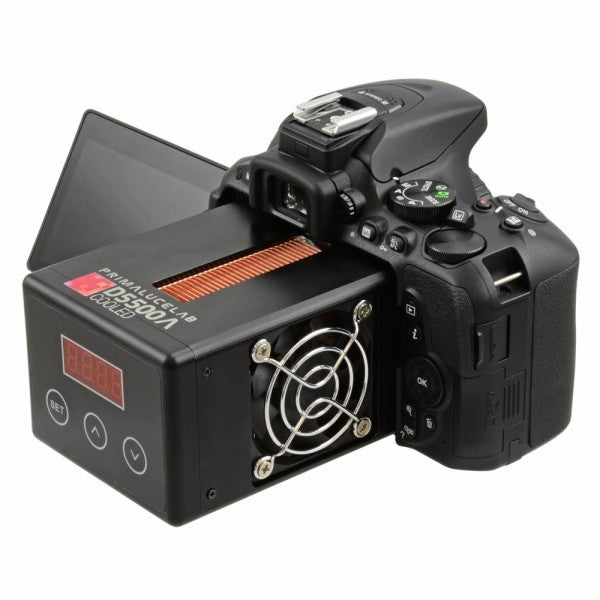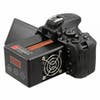Prisma Luce Lab Offers DSLR Cameras with Built-In Cooling Systems for Night Sky Photography
During long exposures, heat is the enemy and these cooled DSLRs have the solution

We may earn revenue from the products available on this page and participate in affiliate programs. Learn more ›

When it comes to delicate electronics, heat is not usually a friend. When shooting long exposures with a digital camera, the heat from operation can cause a lot of unwanted digital noise, which is where these monstrous, fan-cooled cameras come in. Prima Luce Lab is an Italian company that specializes in astrophotography gear and it sells modified DSLRs with built-in cooling systems.
You have two options if you want a cooled body, including a Canon 700Da (known as the EOS Rebel T5i in the USA), and a Nikon D5500a. Not the newest models in their respective lineups, but both cameras have the benefit of rotating LCD screens to make room for the attached cooling system.

Long exposures are already taxing on camera batteries, so the cooling system has its own power supply, and the company has also made adjustments to accommodate other side effects you may not see coming, such as an abundance of condensation from a cooled sensor.
Ultimately, these are built for very specific types of photographers, so if you only like to capture the occasional star trail, these modified cameras are definitely overkill. But I love seeing these kinds of specialty photography tools that are tweaked to provide excellent performance in very specific applications.
The Canon version costs 1,790 Euro, while the Nikon version costs 2,190 Euro.
From: PetaPixel
Long exposures are already taxing on camera batteries, so the cooling system has its own power supply, and the company has also made adjustments to accommodate other side effects you may not see coming, such as an abundance of condensation from a cooled sensor.
Ultimately, these are built for very specific types of photographers, so if you only like to capture the occasional star trail, these modified cameras are definitely overkill. But I love seeing these kinds of specialty photography tools that are tweaked to provide excellent performance in very specific applications.
The Canon version costs 1,790 Euro, while the Nikon version costs 2,190 Euro.
From: PetaPixel
